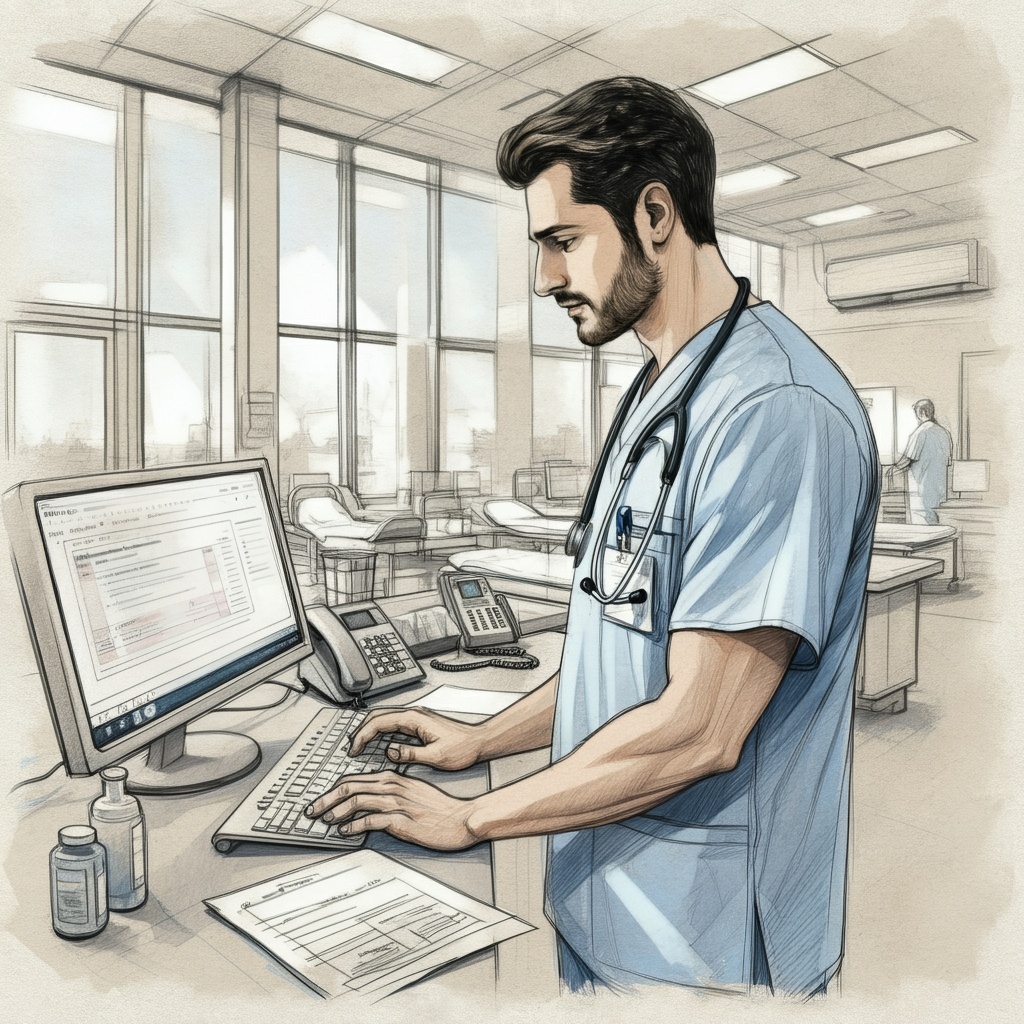How to Write Effective Nursing Notes: A Complete Guide

Accurate and thorough nursing notes are more than just paperwork—they are a critical component of patient care, communication, and legal protection. Clear documentation ensures continuity of care across shifts, supports clinical decision-making, and serves as evidence if legal questions arise.
This guide provides a comprehensive overview of nursing notes, including examples, types of progress notes, and best practices for documentation in hospital settings.
Why Nursing Notes Matter
Nursing notes are the written record of a nurse’s observations, assessments, and interventions. They serve multiple purposes:
- Continuity of care: Notes communicate patient status between providers.
- Legal protection: Documentation can be used as evidence in malpractice cases.
- Accreditation and compliance: Hospitals and regulatory bodies require accurate documentation.
- Quality of care metrics: Nursing notes often feed into patient safety and quality improvement initiatives.
According to the Agency for Healthcare Research and Quality (AHRQ), communication failures are one of the leading causes of adverse events in hospitals (AHRQ, 2017). Well-written notes reduce that risk.
Types of Nursing Notes
1. Progress Notes
Progress notes document the patient’s condition over time and detail any changes in status, interventions, and outcomes. They are often written in narrative form or using structured methods such as SOAP or DAR (explained below).
2. Narrative Nursing Notes
These are free-form notes where nurses describe patient observations, interventions, and responses in chronological order. They are less structured but provide a holistic view.
3. Charting by Exception (CBE)
Many workplaces have adopted Charting by Exception for nurse charting. In this method, only significant findings or deviations from normal are recorded. It reduces redundancy but requires precise attention to abnormalities.
4. SOAP Notes
SOAP stands for Subjective, Objective, Assessment, Plan. This widely used format organizes notes logically for clinical decision-making.
5. DAR Notes
DAR stands for Data, Action, Response. This format is used to document focused patient concerns and nursing interventions.
Examples of Nursing Notes
To better understand how notes should be written, here are some examples:
Example of a Progress Note (SOAP format)
S: Patient reports 7/10 abdominal pain, worsens after eating.
O: Abdomen distended, bowel sounds hypoactive, BP 138/82, HR 98.
A: Possible bowel obstruction; monitoring for worsening symptoms.
P: Notify physician, keep patient NPO, administer IV fluids as ordered.
Example of a Nursing Note in Hospital (Narrative)
“Patient alert and oriented x3. Reports difficulty breathing when walking to bathroom. Respirations 24/min, SpO₂ 91% on room air. Oxygen applied via nasal cannula at 2L/min with improvement to 95%. Patient resting comfortably in bed; call light within reach.”
These examples demonstrate concise, factual documentation that avoids assumptions or personal opinions.
Best Practices for Writing Nursing Notes
Be Objective and Factual
Avoid assumptions or vague language. Instead of writing “patient seems anxious,” write “patient pacing room, wringing hands, stating ‘I feel nervous.’”
Use Standardized Formats
Using SOAP, DAR, or other structured approaches improves clarity and consistency.
Document in Real Time
Record notes as close to the event as possible to ensure accuracy and reduce errors.
Include Both Positive and Negative Findings
If a patient denies chest pain, that’s just as important to document as if they had symptoms.
Avoid Abbreviations That Can Be Misinterpreted
Stick to approved medical abbreviations from your facility’s policy to reduce the risk of errors.
Ensure Notes Are Legally Sound
Remember the rule: if it isn’t documented, it didn’t happen. Thorough documentation protects both patients and providers.
Common Mistakes to Avoid in Nursing Notes
- Subjectivity: Avoid personal opinions (“patient is lazy”) and instead state observed facts.
- Copy-and-paste errors: Reusing old notes without updates can introduce serious inaccuracies.
- Omitting patient education: Documenting teaching provided (and patient’s understanding) is crucial for both safety and liability.
- Late entries without notation: If adding information later, clearly label it as a late entry with date and time.
Nursing Notes in Hospitals: Compliance and Standards
Hospitals follow strict documentation standards guided by organizations such as:
- The Joint Commission – Requires complete and timely medical records as part of accreditation standards.
- Centers for Medicare & Medicaid Services (CMS) – Requires documentation that supports billing and reimbursement.
- State Boards of Nursing – Define the scope and responsibility of documentation within nursing practice.
Failure to meet these standards can result in compliance violations, loss of accreditation, or legal consequences.
Technology and Nursing Notes
Electronic Health Records (EHRs) have transformed nursing documentation. Benefits include:
- Real-time access across providers
- Standardized templates for progress notes
- Integration with medication administration and vital signs
However, EHRs also introduce risks such as over-reliance on dropdowns or copy-paste functions. Nurses should balance efficiency with accuracy and individualized detail.
Strong Nursing Notes Protect Patients and Nurses
Nursing notes are the backbone of effective communication in healthcare. Writing clear, concise, and accurate progress notes ensures safe patient care, supports collaboration, and protects nurses legally. By following structured formats, avoiding common mistakes, and adhering to hospital standards, nurses can document with confidence.
Great Nursing Notes Can’t Prevent a Lawsuit
But they will be used to clear your name if the unfortunate situation arises. At NOW Insurance, we understand the risks healthcare professionals face. Strong documentation is a vital defense, but having the right professional liability coverage provides an added layer of protection. Nurses and nurse practitioners can find affordable, tailored liability coverage for your role and region.
Get a quote today with our quick and easy online application.